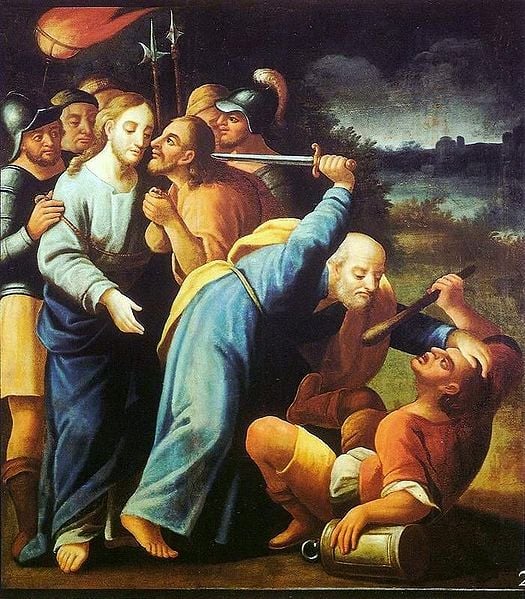To my mind, a particularly beautiful aspect of religious community is the support it can provide when a member is in crisis. I think of Amish communal barn raisings as a consummate example. A Catholic Folklorist friend of mine often reminds me to be grateful for the richness of community I have enjoyed in my own ward. I attribute much of that vibrancy to the fact that I see these people every week; we take each other meals and share tips; we work side by side to produce funerals or ward dinners. Tales of the nineteenth century LDS Church abound with evidence of community members supporting one another; a steady stream of new members gathering to Zion provided ample opportunity for service. Early Relief Society meetings as recorded in the Nauvoo Minutes read like collective brainstorming sessions. For example, from a meeting on March 24, 1842 (available here):
Mrs. Hawkes arose to represent Mrs. Drury as an object of charity, being sick and destitute of food. [p. 19]
Mrs. Wooley corroborated the testimony of Mrs. Hawkes—
Motioned and seconded that the board direct the Treasurer to give an order on the Store—carried unanimsly.
Motioned that 2 dollars be appropriated to Mrs. Drury—
Prest. Smith said we want the names of those widows who want work—
Mrs. Agnes Smith solicited the patronage of the Society as a Milliner and Dressmaker
Prest. Smith said we should assist each other in this way—said Mrs. Solome Chapman was in want of work, knitting, sewing &c.
Mrs. Jones represented Mrs. Baggs as needing assistance.
Today such service tends to come to the sick, the bereaved, the poor, and to new parents. Relief Society sisters are asked to contribute foodstuffs or time whenever the congregation hosts a funeral. Often people rely on both their institutional position and private spiritual promptings in their efforts to be of use to one another. A few years ago, a visiting teacher worried over how to support a new widow with young children. Her calling as a visiting teacher provided her initial sense of stewardship for this woman, and so she prayed over her. The visiting teacher dreamed that she had a conversation with the deceased husband as they sat on a bench. She told him of her concern over his wife and he replied, “Take them some pulled pork sandwiches.” She learned from the tearful recipient of those sandwiches that that dish had been their family’s traditional Friday evening meal. (Personal Communication, 2005). Such episodes make the receiver feel known by God as well as the giver, and they deeply enrich communal relationships. They also make the giver feel genuinely useful, one of life’s more precious gifts.
British housewife, mother, and LDS Relief Society President Carol Gray led truck convoys of relief supplies into war zones in Kosovo. She founded an NGO in Ghana, and, as Relief Society President, she visited an older couple in the hospital as the wife lay dying. On the way to meet them, she kept thinking she should take them a yellow rose, so finally she obtained one. Gratefully receiving her gift, they explained that the man had given his wife a yellow rose every year on their anniversary except for this year, that same day, when he had not wanted to leave her bedside. (See Oral History Interview with Carol Gray, LDS Church History Library).
Sometimes communal service links past and present. Shortly after joining her ward’s Relief Society presidency as a councilor, Debbie Theobald read about how Relief Society sisters in the nineteenth century used to give one another ritual blessings before they gave birth. (for more information on these blessings, see Jonathan A. Stapley and Kristine Wright, “Female Ritual Healing in Mormonism,” Journal of Mormon History 37 (Winter 2011): 7–9, 12–19). In response, Debbie typed the words from a typical blessing and gave them, with a letter from her current Relief Society presidency and small gift, to women in the ward just before they gave birth. Though I had moved from this ward several months before giving birth to a daughter, I was a grateful recipient of one of these deeply moving letters.
As in the Church’s founding period, Church members today rely on a combination of organizational communication and individual spiritual prompting to see to their fellow members’ needs. Just as nineteenth century members did in providing clothing and food to Utah Indian women, or in sending supplies to San Francisco earthquake victims, members today also use Church communication networks to learn how they might help their neighbors both local and in distant lands. But while acts of service are helpful regardless of whence they come, ongoing relationships substantially enhance the benefits of service for giver and receiver alike.











